The “Hyundai Ioniq 6” electric sedan has been officially introduced and should be in direct competition with Tesla ‘s Model 3. However, what most car connoisseurs have noticed is the interesting design that has its roots in various directions, and among them is the first model of Saab car – UrSaab, which was confirmed by the designer of the new electric Hyundai.
Table of Contents
Hyundai Ioniq 6
Hyundai Ioniq 6 is an electric sedan that should continue on the wave of success already achieved by Ioniq 5, but also oppose Tesla Model 3. Hyundai announced an extremely aerodynamic body with the first sketches of the Ioniq 6, and it turned out that the sketches were indeed the contours of the standard cars.
Although the shape of the body, which is practically a regular arch from the front to the rear, will divide opinions, views on aesthetic values, the fact is that it is very aerodynamic. How aerodynamic we are, we don’t know at this point. For some reason, Hyundai is still secretive about most of the technical data, and will announce on July 14th.
UrSaab is rooted in the design of the Ioniq 6
Although it is designed in a minimalist style in the front, the situation on the rear of the Hyundai Ioniq 6 is quite different, not in terms of artistic expression but aerodynamic efficiency. Below the lower edge of the rear window is a spoiler, and there is an additional small “duck tail”, or another spoiler. It is evident that the aerodynamics did everything to control the turbulent air flow that occurs behind the rear of the vehicle and creates a significant pressure, ie air resistance.
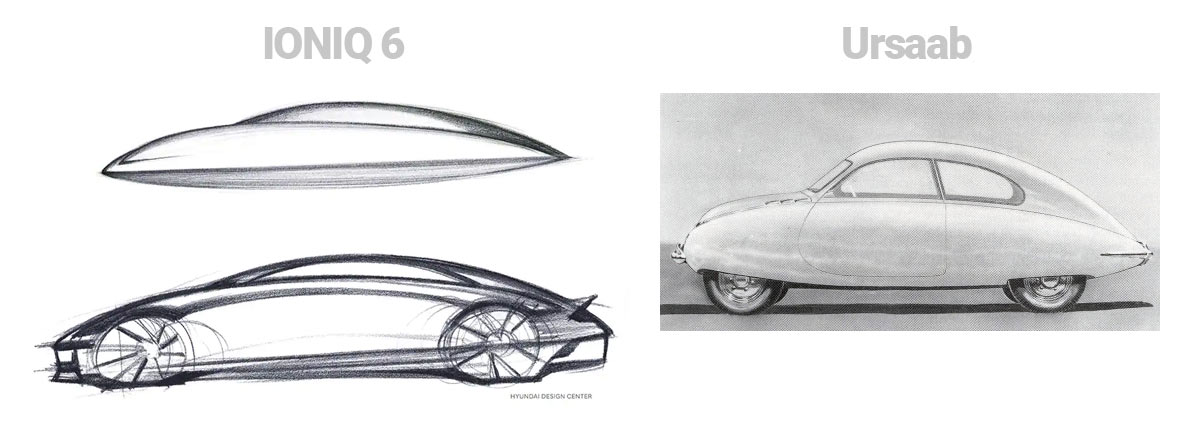
Aerodynamics, Aerodynamics, Aerodynamics…
Also, completely new rims, in addition to aesthetic ones, obviously had to satisfy the role of serious air resistance generators. Finally, instead of exterior mirrors, the Hyundai Ioniq 6 has rear-view cameras, which may be one of the options, since in some states the laws do not allow cameras instead of mirrors.
Seen from the side, at first glance, it can be seen as if the Volkswagen Beetle is slightly “stretched”, and then the rear end of a Porsche has been added to the rear end. Again, if you look a little further, you’ll see that the new electric Hyundai has visual cues to the 1930s streamliners, the design of the Saab car line from the post-WWII era.
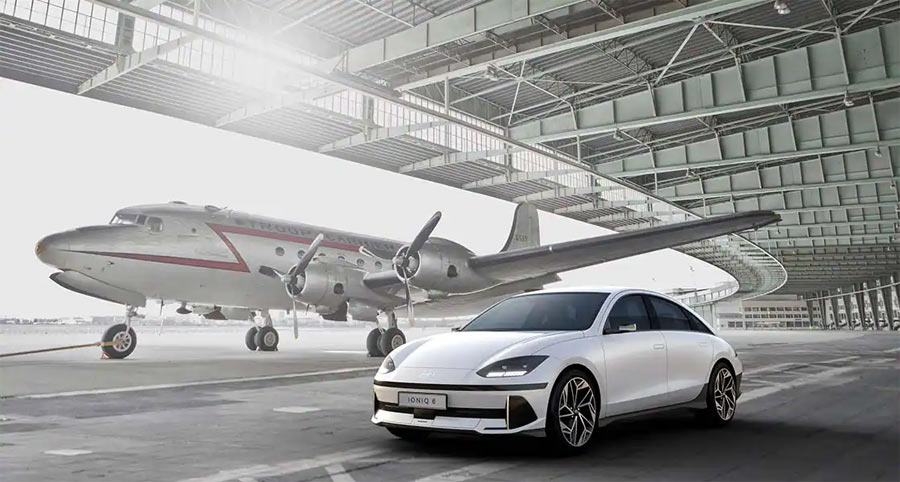
Hyundai’s current head of design Simon Loasby decided to take inspiration for the 1930s Ioniq 6 – an era that tried to harmonize aerodynamics, engineering, technology and design. Simon Loasby cites the 1947 Stout Scarab, Phantom Corsair and Saab Ursaab as major influences on the car’s unusual design.

The Ioniq 6 has an impressive drag coefficient of just 0.21 – Hyundai’s lowest yet and beating the 0.23 of the Tesla Model 3.
Interior Design of Hyundai Ioniq 6
Hyundai has not released any official information about the interior, but it is evident that it can be literally bathed in neon lighting in various colors. The instrument panel and infotainment screens are housed under a common curved screen, and the ends of the armature are specifically shaped to accommodate rear-view camera screens.
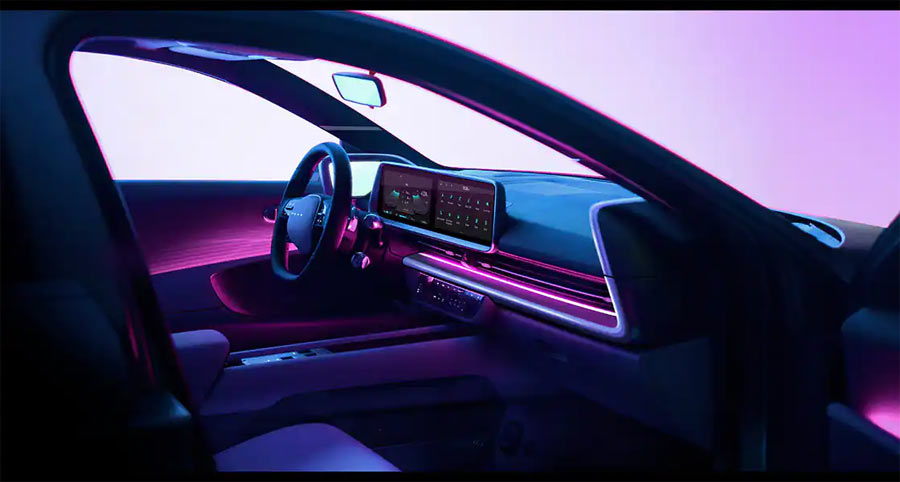
The steering wheel has only two spokes and capacitive switches, and on the central part (heart) of the steering wheel there are four LEDs, for which we still do not know whether there are only aesthetics for the sake of it or they also have a functional role.
The Hyundai Ioniq 6 features the E-GMP platform for electric vehicles, which houses both the Ioniq and Kia EV6. For now, the limousine will reportedly have a 77.4 kWh battery. The version with two electric motors has about 300 hp, and versions with one motor can be expected.




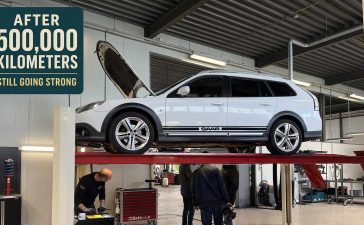






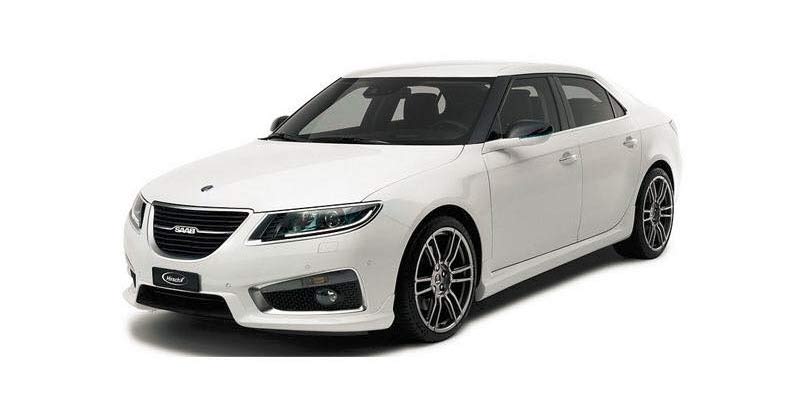
Or a Castriota 9-3?
https://www.saabplanet.com/jason-castriotas-lost-saab-concepts/